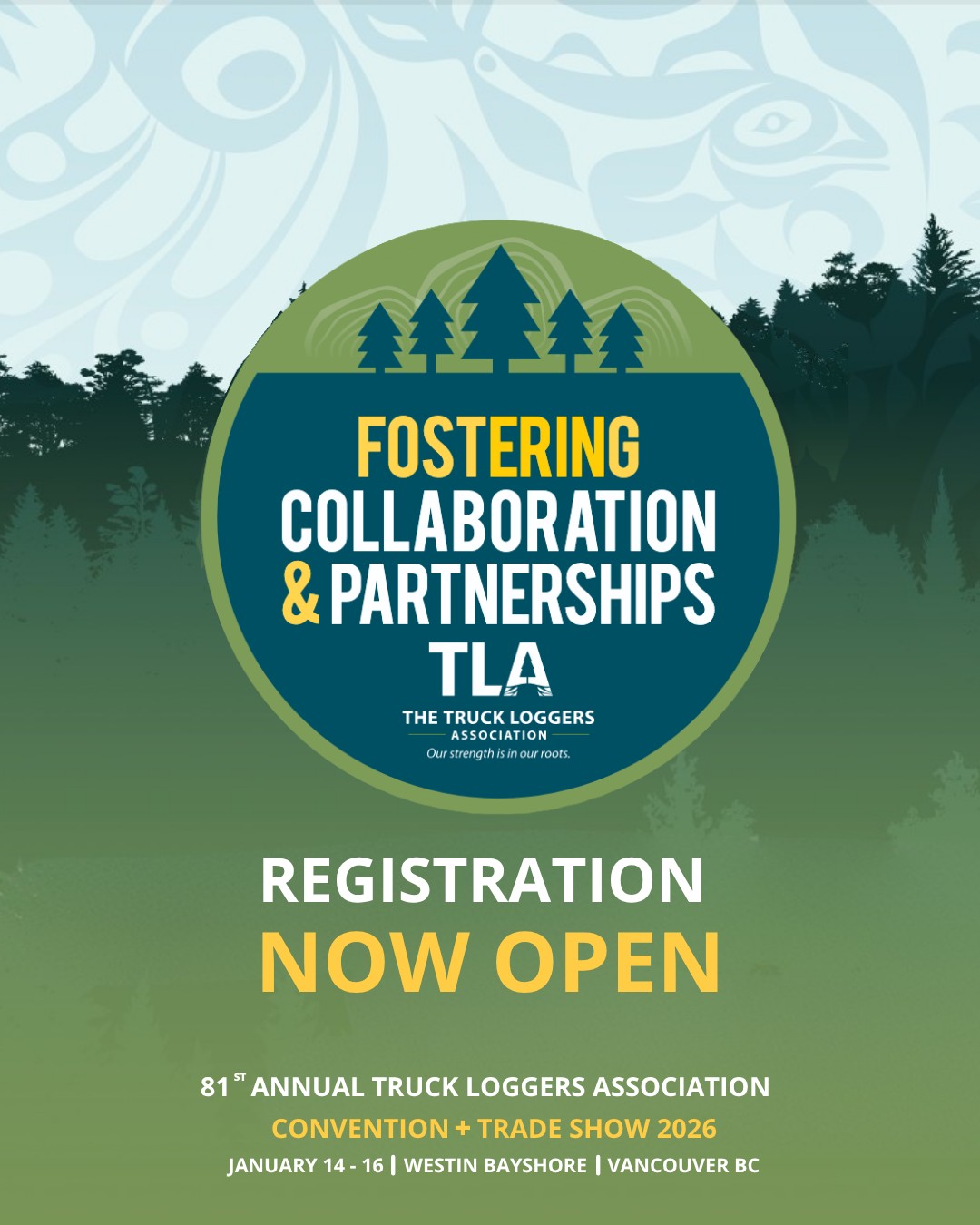 For more than 80 years, the annual TLA Convention + Trade Show has been the premier gathering place for forestry’s top decision-makers. Whether you choose to sponsor the convention or exhibit at the trade show, your participation offers unmatched opportunities to connect, showcase, and grow your business. Unparalleled Networking: The TLA Convention + Trade Show brings together the leaders who shape the future of BC’s forest industry. As a sponsor or exhibitor, you’ll gain direct access to influential professionals—contractors, suppliers, government representatives, and business owners—all in one place. …Premium Brand Exposure: Visibility at the TLA Convention & Trade Show extends well beyond the event.
For more than 80 years, the annual TLA Convention + Trade Show has been the premier gathering place for forestry’s top decision-makers. Whether you choose to sponsor the convention or exhibit at the trade show, your participation offers unmatched opportunities to connect, showcase, and grow your business. Unparalleled Networking: The TLA Convention + Trade Show brings together the leaders who shape the future of BC’s forest industry. As a sponsor or exhibitor, you’ll gain direct access to influential professionals—contractors, suppliers, government representatives, and business owners—all in one place. …Premium Brand Exposure: Visibility at the TLA Convention & Trade Show extends well beyond the event. Sponsors enjoy high-profile recognition before, during, and after the convention, ensuring your brand stays top of mind among key industry players. Tracey Russell, Vice President-Equipment, Inland Truck & Equipment Ltd. is a regular at the Convention, “We sponsor the TLA Convention + Trade Show every year because it’s one of the best opportunities for exposure and relationship building – connections that have made a lasting impact on our business and our brand.”
Sponsors enjoy high-profile recognition before, during, and after the convention, ensuring your brand stays top of mind among key industry players. Tracey Russell, Vice President-Equipment, Inland Truck & Equipment Ltd. is a regular at the Convention, “We sponsor the TLA Convention + Trade Show every year because it’s one of the best opportunities for exposure and relationship building – connections that have made a lasting impact on our business and our brand.”
 “The BCIT School of Construction and the Environment offers two Associate Certificate programs designed to support workforce development in the North American lumber and sawmill sector:
“The BCIT School of Construction and the Environment offers two Associate Certificate programs designed to support workforce development in the North American lumber and sawmill sector: 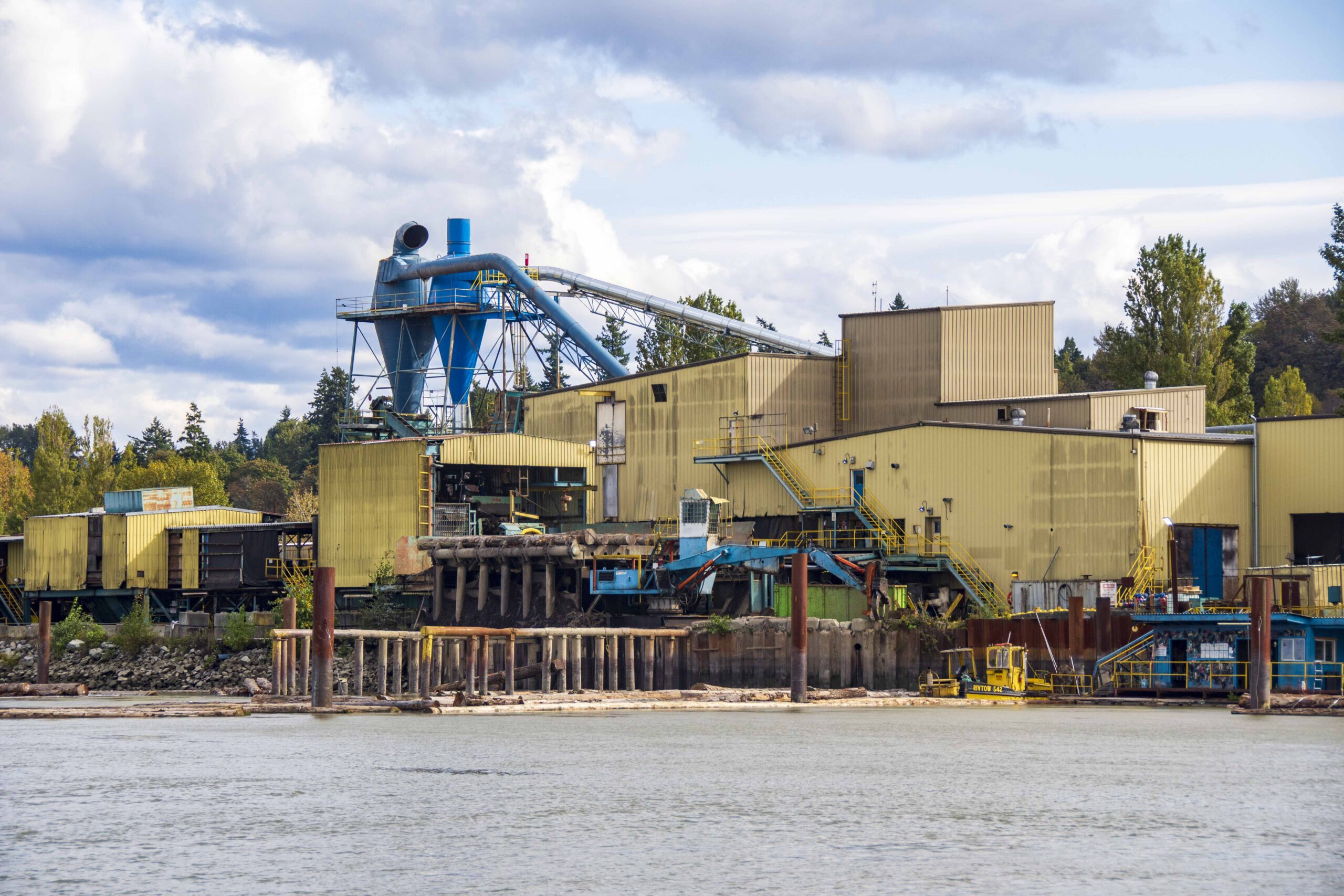 VANCOUVER, BC — A large fire broke out on the banks of the Fraser River in Delta on Thursday morning. Fire crews from Delta and Surrey were called between 9 a.m. and 10 a.m. to the former sawmill under demolition north of the Alex Fraser Bridge on Alaska Way. The land is owned by the Port of Vancouver and the organization confirmed the fire is at the site of the former mill. There are currently no impacts to port operations. …The fire broke out on the site of the former Acorn mill, which stopped operations after a blaze in April 2024. The sawmill was built in 1963 and was acquired by forestry giant Interfor in 2001. It was used primarily to cut specialty timber for traditional Japanese home construction. In 2022,
VANCOUVER, BC — A large fire broke out on the banks of the Fraser River in Delta on Thursday morning. Fire crews from Delta and Surrey were called between 9 a.m. and 10 a.m. to the former sawmill under demolition north of the Alex Fraser Bridge on Alaska Way. The land is owned by the Port of Vancouver and the organization confirmed the fire is at the site of the former mill. There are currently no impacts to port operations. …The fire broke out on the site of the former Acorn mill, which stopped operations after a blaze in April 2024. The sawmill was built in 1963 and was acquired by forestry giant Interfor in 2001. It was used primarily to cut specialty timber for traditional Japanese home construction. In 2022, 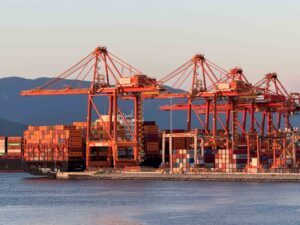 The BC NDP’s new
The BC NDP’s new  Delegates from B.C.’s largest forestry trade mission to Asia have returned home, bringing back business deals, signed agreements and deeper ties with key trading partners in Japan and South Korea, driving growth and investment for B.C.
Delegates from B.C.’s largest forestry trade mission to Asia have returned home, bringing back business deals, signed agreements and deeper ties with key trading partners in Japan and South Korea, driving growth and investment for B.C.
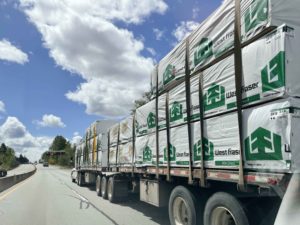 West Fraser-100 Mile Lumber employees like Kris Taylor are taking each day as it comes, following the announcement of the
West Fraser-100 Mile Lumber employees like Kris Taylor are taking each day as it comes, following the announcement of the  PRINCE ALBERT, Saskatchewan — The sale of a defunct Prince Albert pulp and paper mill from Domtar to the Ontario-based BMI Group has ended plans to re-open the mill and sparked a search for industrial business tenants for the site. “The site will never be a pulp mill again. That is for sure,” said Chris Rickett, BMI Group’s head of government and community relations. After eight months of negotiations, BMI purchased the former Weyerhaeuser Prince Albert pulp mill site and buildings from Domtar, Canada’s largest pulp and paper company. …The former Weyerhauser Prince Albert Pulp and Paper Mill ceased operations in 2006. Approximately 700 workers at the mill lost their jobs, with further indirect job losses in the forestry industry. A spokesperson for the One Sky Forest Products said it is gathering investors to build an oriented strand board (OSB) manufacturing plant on the former mill site.
PRINCE ALBERT, Saskatchewan — The sale of a defunct Prince Albert pulp and paper mill from Domtar to the Ontario-based BMI Group has ended plans to re-open the mill and sparked a search for industrial business tenants for the site. “The site will never be a pulp mill again. That is for sure,” said Chris Rickett, BMI Group’s head of government and community relations. After eight months of negotiations, BMI purchased the former Weyerhaeuser Prince Albert pulp mill site and buildings from Domtar, Canada’s largest pulp and paper company. …The former Weyerhauser Prince Albert Pulp and Paper Mill ceased operations in 2006. Approximately 700 workers at the mill lost their jobs, with further indirect job losses in the forestry industry. A spokesperson for the One Sky Forest Products said it is gathering investors to build an oriented strand board (OSB) manufacturing plant on the former mill site.  This is a rare opportunity to lead highly respected, independent oversight in one of the province’s most important and visible sectors. The Chair plays a pivotal role in strengthening public confidence in forest and range practices across BC. Ideal candidates bring strong governance experience, a background in forestry, and a commitment to transparent oversight. The Chair is a flexible, full-time role leading BC’s independent watchdog for forest and range practices. The Chair plays a key role in strengthening public trust in how the province’s forests and rangelands are managed. The Chair provides strategic leadership, oversees audits and investigations, approves reports, and represents the Board in engagements with Indigenous governments, provincial agencies, stakeholders, and the media. The role is well suited for someone with strong governance experience, sound judgment, and a balanced understanding of BC’s natural resource sector. Appointed by Order-in-Council for an initial term of 3 to 5 years the position may be re-appointed for additional terms of up to 5 years. Closing Date: December 11, 2025
This is a rare opportunity to lead highly respected, independent oversight in one of the province’s most important and visible sectors. The Chair plays a pivotal role in strengthening public confidence in forest and range practices across BC. Ideal candidates bring strong governance experience, a background in forestry, and a commitment to transparent oversight. The Chair is a flexible, full-time role leading BC’s independent watchdog for forest and range practices. The Chair plays a key role in strengthening public trust in how the province’s forests and rangelands are managed. The Chair provides strategic leadership, oversees audits and investigations, approves reports, and represents the Board in engagements with Indigenous governments, provincial agencies, stakeholders, and the media. The role is well suited for someone with strong governance experience, sound judgment, and a balanced understanding of BC’s natural resource sector. Appointed by Order-in-Council for an initial term of 3 to 5 years the position may be re-appointed for additional terms of up to 5 years. Closing Date: December 11, 2025 Government has launched Look West, a strategic plan to deliver major projects faster, expand skills training and grow key sectors to strengthen B.C.’s economy, creating good jobs and opportunities for people and businesses, and benefiting all of Canada. “British Columbia can get big things done – which is why our province is vastly overrepresented in the list of major projects Ottawa is fast-tracking,” said Premier David Eby. “This plan sets big goals as we make B.C. the economic powerhouse of Canada to create great jobs and drive prosperity in every corner of the province.” Look West rises to the challenges brought on by U.S. tariffs. The strategy sets a 10-year vision to strengthen B.C.’s economy, including continuing work to speed up permitting and diversify key sectors, so B.C.’s economy is less reliant on the United States.
Government has launched Look West, a strategic plan to deliver major projects faster, expand skills training and grow key sectors to strengthen B.C.’s economy, creating good jobs and opportunities for people and businesses, and benefiting all of Canada. “British Columbia can get big things done – which is why our province is vastly overrepresented in the list of major projects Ottawa is fast-tracking,” said Premier David Eby. “This plan sets big goals as we make B.C. the economic powerhouse of Canada to create great jobs and drive prosperity in every corner of the province.” Look West rises to the challenges brought on by U.S. tariffs. The strategy sets a 10-year vision to strengthen B.C.’s economy, including continuing work to speed up permitting and diversify key sectors, so B.C.’s economy is less reliant on the United States.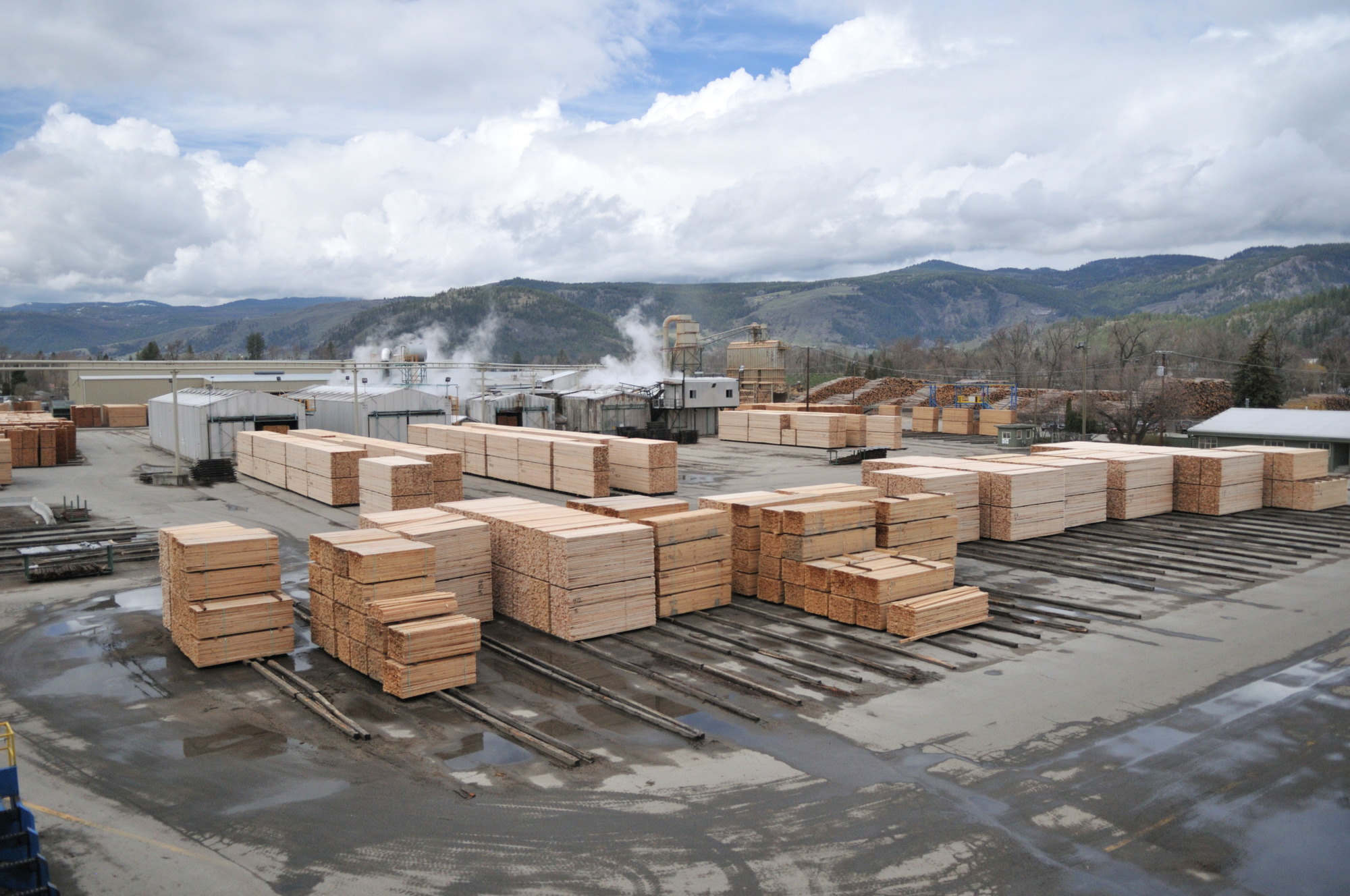
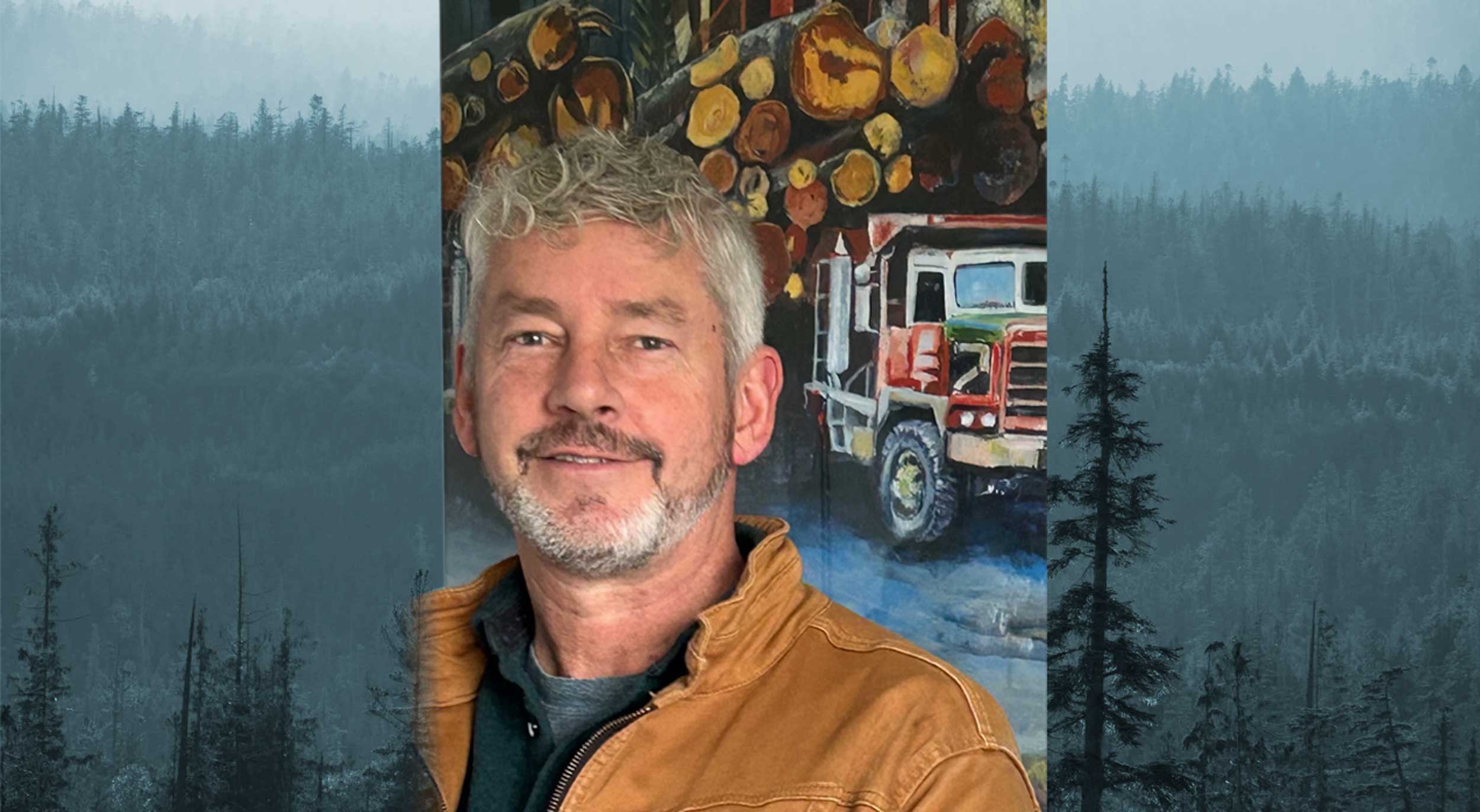
 Members of the management team for West Fraser’s 100 Mile Lumber appeared in front of the District of 100 Mile House Council to answer questions about the permanent closure of their 100 Mile House mill by the end of December. …Mayor Maureen Pinkney began the meeting, noting that the closure is sad news and that she was surprised they were going straight to closure without any curtailment. …Rob Baron, West Fraser’s regional manager of operations, said “The conditions that precipitated the decision to go to permanent closure are really entirely related to long-term viability related to the high cost of saw logs coming to this mill”. …They’re currently getting their shutdown coordinator set up and have resources on site to help their employees through the transition. …Baron said West Fraser doesn’t have any plans for what they’ll be doing with the property in the future, but welcomes anyone interested in the facility to contact them.
Members of the management team for West Fraser’s 100 Mile Lumber appeared in front of the District of 100 Mile House Council to answer questions about the permanent closure of their 100 Mile House mill by the end of December. …Mayor Maureen Pinkney began the meeting, noting that the closure is sad news and that she was surprised they were going straight to closure without any curtailment. …Rob Baron, West Fraser’s regional manager of operations, said “The conditions that precipitated the decision to go to permanent closure are really entirely related to long-term viability related to the high cost of saw logs coming to this mill”. …They’re currently getting their shutdown coordinator set up and have resources on site to help their employees through the transition. …Baron said West Fraser doesn’t have any plans for what they’ll be doing with the property in the future, but welcomes anyone interested in the facility to contact them.




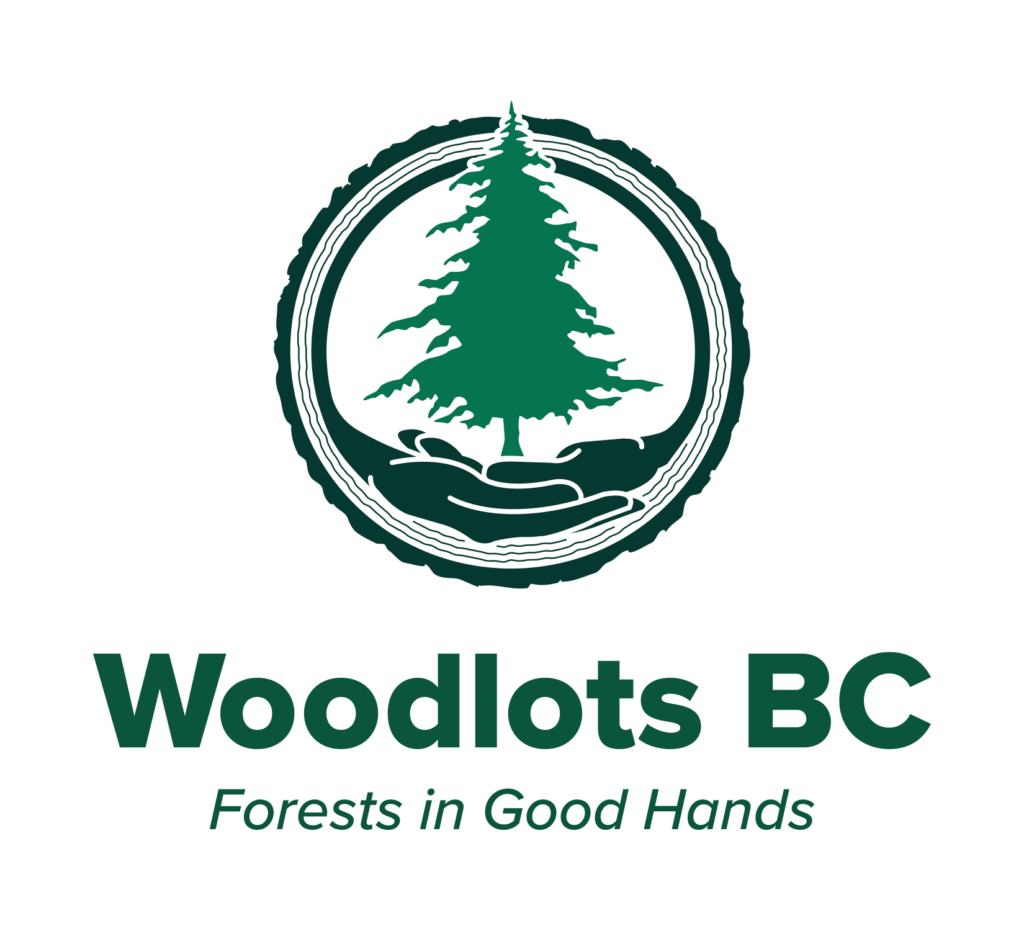


 The crowd stretched from the doors of City Hall to the Ward Street sidewalk in Nelson to hear guest speaker David Suzuki and other forest ecology advocates at a rally held Nov. 18 in Nelson. …The Broken Promises rally was held simultaneously in Nelson, Victoria, Vernon, Revelstoke, Smithers, Courtenay, Parksville, and Powell River to protest what is seen as provincial government backtracking on the protection of old growth forests, biodiversity and watersheds, and continuing with timber volume as the only priority. …Speaker Suzanne Simard said failure to use that foresight, to respect all life and give back more than we receive, has resulted in climate change, biodiversity loss, and land degradation. …She said the province should stop clearcutting and creating tree plantations that are flammable and subject to erosion. …Slocan Valley ecologist and forester Herb Hammond spoke about secondary forests… That’s where we should get our wood and our employment…
The crowd stretched from the doors of City Hall to the Ward Street sidewalk in Nelson to hear guest speaker David Suzuki and other forest ecology advocates at a rally held Nov. 18 in Nelson. …The Broken Promises rally was held simultaneously in Nelson, Victoria, Vernon, Revelstoke, Smithers, Courtenay, Parksville, and Powell River to protest what is seen as provincial government backtracking on the protection of old growth forests, biodiversity and watersheds, and continuing with timber volume as the only priority. …Speaker Suzanne Simard said failure to use that foresight, to respect all life and give back more than we receive, has resulted in climate change, biodiversity loss, and land degradation. …She said the province should stop clearcutting and creating tree plantations that are flammable and subject to erosion. …Slocan Valley ecologist and forester Herb Hammond spoke about secondary forests… That’s where we should get our wood and our employment…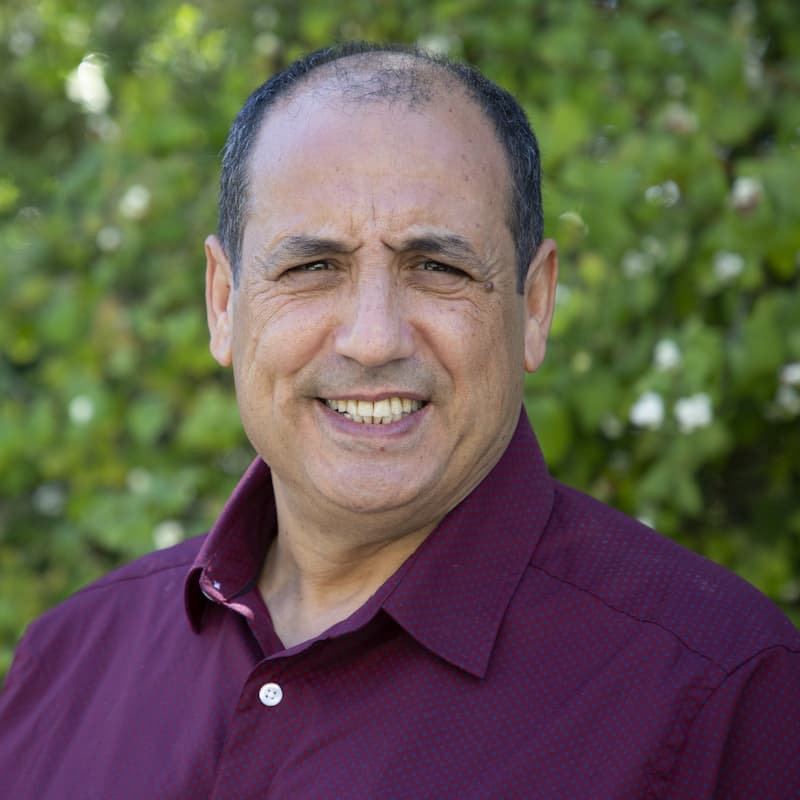




 A leaked technical review prepared for a group of First Nations claims British Columbia is greatly overestimating how much timber it can sustainably harvest in a push for short-term economic gains. The previously unreleased report charges that the methods the province uses to calculate how many trees are on the landscape—and therefore how much can be logged—is fundamentally flawed and based on “wildly extreme assumptions” that hurt the long-term health of B.C.’s forests. The report’s authors … only agreed to speak with BIV after it independently obtained a 572-page draft of the report originally dated September 2024. “There’s a strong likelihood that throughout the province we’re cutting almost at twice the rate of what is considered sustainable,” said co-author Dave Radies. The report focuses on the Mackenzie timber supply area… The analysis challenges the methods B.C. uses to determine the annual allowable cut …concluding their numbers are likely double what can be harvested without causing significant long-term damage.
A leaked technical review prepared for a group of First Nations claims British Columbia is greatly overestimating how much timber it can sustainably harvest in a push for short-term economic gains. The previously unreleased report charges that the methods the province uses to calculate how many trees are on the landscape—and therefore how much can be logged—is fundamentally flawed and based on “wildly extreme assumptions” that hurt the long-term health of B.C.’s forests. The report’s authors … only agreed to speak with BIV after it independently obtained a 572-page draft of the report originally dated September 2024. “There’s a strong likelihood that throughout the province we’re cutting almost at twice the rate of what is considered sustainable,” said co-author Dave Radies. The report focuses on the Mackenzie timber supply area… The analysis challenges the methods B.C. uses to determine the annual allowable cut …concluding their numbers are likely double what can be harvested without causing significant long-term damage.



 Logs are a familiar sight on the beaches along the coast of Vancouver Island and Haida Gwaii and are often viewed positively, as they can stabilize the banks, be used for firewood or act as benches by beach-goers. However, new research from the University of Victoria (UVic) shows that these logs are not as innocuous as they seem. According to a study published by UVic biologist Tom Reimchen and two of his students, free-floating logs that wash ashore, referred to as drift logs, are causing widespread destruction of rocky intertidal ecosystems communities along the coast of Western Canada. …While drift logs may seem rather stable to the casual observer, more than 90 per cent of logs are displaced annually, and log movement during storms is frequent and extensive. This movement disrupts the ecological environment in the intertidal zone—the stretch of beach between the highest high tide and the lowest low tide. …This research was published in
Logs are a familiar sight on the beaches along the coast of Vancouver Island and Haida Gwaii and are often viewed positively, as they can stabilize the banks, be used for firewood or act as benches by beach-goers. However, new research from the University of Victoria (UVic) shows that these logs are not as innocuous as they seem. According to a study published by UVic biologist Tom Reimchen and two of his students, free-floating logs that wash ashore, referred to as drift logs, are causing widespread destruction of rocky intertidal ecosystems communities along the coast of Western Canada. …While drift logs may seem rather stable to the casual observer, more than 90 per cent of logs are displaced annually, and log movement during storms is frequent and extensive. This movement disrupts the ecological environment in the intertidal zone—the stretch of beach between the highest high tide and the lowest low tide. …This research was published in 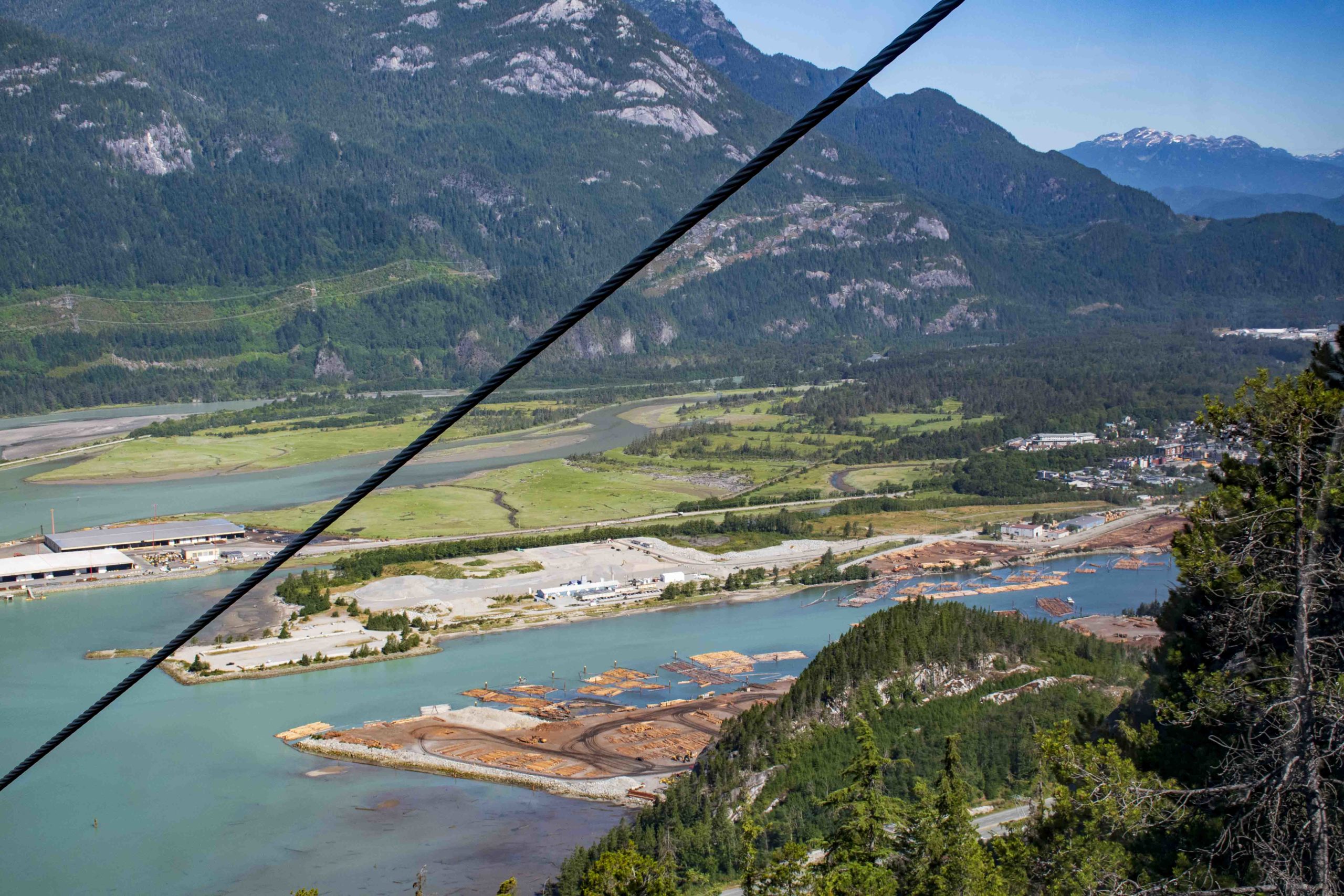 At a recent public open house, the Squamish Community Forest unveiled its vision for sustainable land use, cultural preservation, and wildfire mitigation over the next five years. The Squamish Community Forest functions on a Community Forest Agreement (CFA) and equal shareholding between Skwxwú7mesh Úxwumixw (Squamish Nation) and District of Squamish. This was their first ever partnership, as Squamish mayor and Community Forest chair Armand Hurford confirmed. The discussion that followed was centred around the sustainability and balance of cultural and environmental values. This year, the Community Forest has been given a $40,000 grant from the Silviculture Innovation Program (SIP) to implement silviculture in collaboration with the Nation’s Rights and Title and Cultural teams—a part of the Community Forest’s imminent five-year plan.
At a recent public open house, the Squamish Community Forest unveiled its vision for sustainable land use, cultural preservation, and wildfire mitigation over the next five years. The Squamish Community Forest functions on a Community Forest Agreement (CFA) and equal shareholding between Skwxwú7mesh Úxwumixw (Squamish Nation) and District of Squamish. This was their first ever partnership, as Squamish mayor and Community Forest chair Armand Hurford confirmed. The discussion that followed was centred around the sustainability and balance of cultural and environmental values. This year, the Community Forest has been given a $40,000 grant from the Silviculture Innovation Program (SIP) to implement silviculture in collaboration with the Nation’s Rights and Title and Cultural teams—a part of the Community Forest’s imminent five-year plan. Nanaimo city council Coun. Paul Manly tabled a motion that asked staff to prepare a report with options for a zoning amendment for industrial lands that would exclude emissions-intense heavy industry such as “waste energy, incinerators, chemical plants, thermal electrical generators, petroleum refineries and [liquefied] natural gas export facilities” from existing industrial zones in order to require site-specific zoning. …Ryan Prontack, a manager for Harmac Pacific, Nanaimo Forest Products, also appeared as a delegation. He said Harmac is looking to diversify its operations and has about 61 hectares of industrial-zoned land ready to develop. “While this motion represents many different activities we currently do, it also represent many that we have plans to diversify in the future,” Protack said. Manly said the motion does not affect Harmac’s current operations and is not about “blocking industry uses in perpetuity” but is about ensuring the city has a democratic process to evaluate project proposals.
Nanaimo city council Coun. Paul Manly tabled a motion that asked staff to prepare a report with options for a zoning amendment for industrial lands that would exclude emissions-intense heavy industry such as “waste energy, incinerators, chemical plants, thermal electrical generators, petroleum refineries and [liquefied] natural gas export facilities” from existing industrial zones in order to require site-specific zoning. …Ryan Prontack, a manager for Harmac Pacific, Nanaimo Forest Products, also appeared as a delegation. He said Harmac is looking to diversify its operations and has about 61 hectares of industrial-zoned land ready to develop. “While this motion represents many different activities we currently do, it also represent many that we have plans to diversify in the future,” Protack said. Manly said the motion does not affect Harmac’s current operations and is not about “blocking industry uses in perpetuity” but is about ensuring the city has a democratic process to evaluate project proposals. In this newsletter you find these stories and more:
In this newsletter you find these stories and more: Each year, the BC Forest Safety Council honours individuals who go above and beyond to make forestry safer for everyone. Since 2008, the Leadership in Safety Awards have recognised outstanding contributions in three key areas: harvesting, manufacturing and lifetime achievement. These awards honour people who lead by example—those who bring fresh ideas, foster a strong safety culture and consistently put the well-being of others first. …Congratulations to all of this year’s award recipients! Your leadership, care and commitment continue to make BC’s forestry industry safer and stronger. Nominations for the 2026 Leadership in Safety Awards open on January 12, 2026.
Each year, the BC Forest Safety Council honours individuals who go above and beyond to make forestry safer for everyone. Since 2008, the Leadership in Safety Awards have recognised outstanding contributions in three key areas: harvesting, manufacturing and lifetime achievement. These awards honour people who lead by example—those who bring fresh ideas, foster a strong safety culture and consistently put the well-being of others first. …Congratulations to all of this year’s award recipients! Your leadership, care and commitment continue to make BC’s forestry industry safer and stronger. Nominations for the 2026 Leadership in Safety Awards open on January 12, 2026.